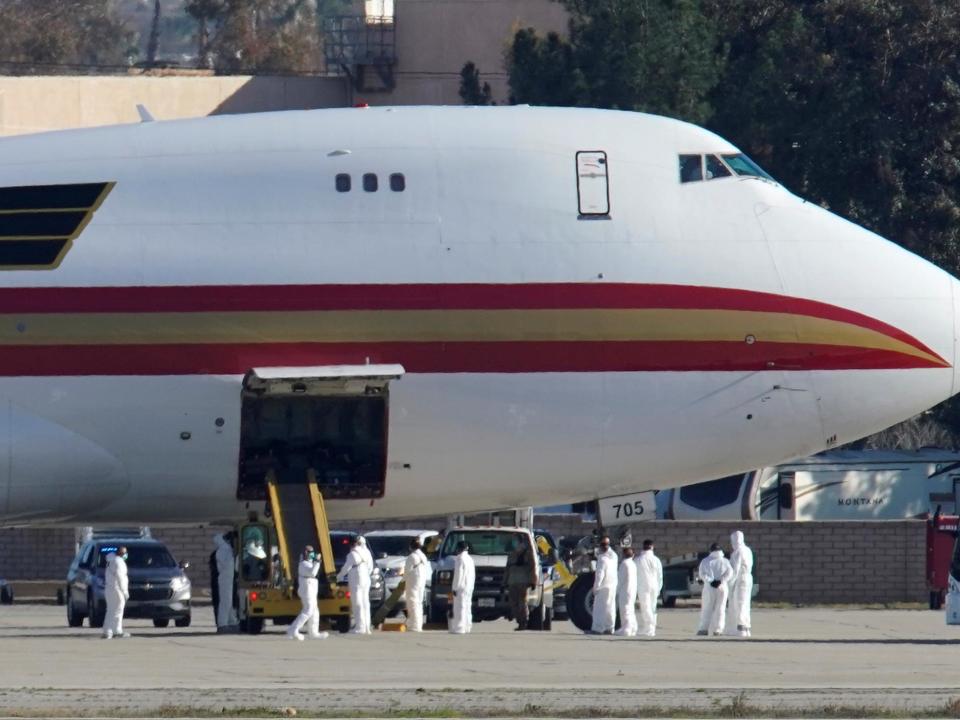Coronavirus: The safest place to sit on a flight to avoid becoming infected

As coronavirus continues to spread, passengers may worry about stepping onto an aircraft with people who could potentially be infected.
There is no vaccine or cure for the respiratory virus, also known as COVID-19, but recent research suggests that those who sit in the window seat on an aircraft are the least likely to come into contact with an infectious disease.
In a 2018 study tracking the “behaviours, movements and transmission of droplet-mediated respiratory diseases during transcontinental airline flights”, a research team led by Atlanta's Emory University found that those in window seats had far fewer encounters with other passengers than people in other seats.
This remains constant even when taking into account the fact that passengers aren’t stationary but move around the cabin during a flight.
Those in window seats are less likely to get up from their seat, with just 43 per cent moving around the aircraft compared to 80 per cent of people in aisle seats, meaning they’re less likely to come into contact with virus carriers.
Window seat passengers average 12 contacts, much lower than both middle seat users (58) and those in aisle seats (64).
One of the study’s diagrams show the likelihood of travellers coming into contact with one designated infectious passenger based on where they’re sitting. Other than those sitting on the same row as patient zero, all window seat passengers have a 5 per cent or less chance of coming into contact. Most had a 0-1 per cent probability, far lower than their middle and aisle seat counterparts.
However, the study stresses that transmission risk is relatively low on a flight. The probability of actually being infected by patient zero fell to 0-1 per cent for the vast majority of all passengers, apart from those sitting on the same row or across the aisle.
This changed dramatically when the flight attendant was ill, rather than a passenger, as they move around the cabin much more and can spend more prolonged one-on-one time with individual passengers. The vast majority of aisle and middle seat passengers had a 4-5 per cent chance of becoming infected, while window seat passengers were the safest again, with most having a 0-1 per cent chance of infection.
“Our simulations indicate that an infectious flight attendant can generate several infections; thus, it is imperative that flight attendants not fly when they are ill,” said Howard Weiss, one of the study’s leaders.
The study was conducted by a team which flew on 10 flights, mostly on Boeing 757 aircraft, of between 3.5 and 5 hours from Atlanta to five destinations on the US West Coast.

